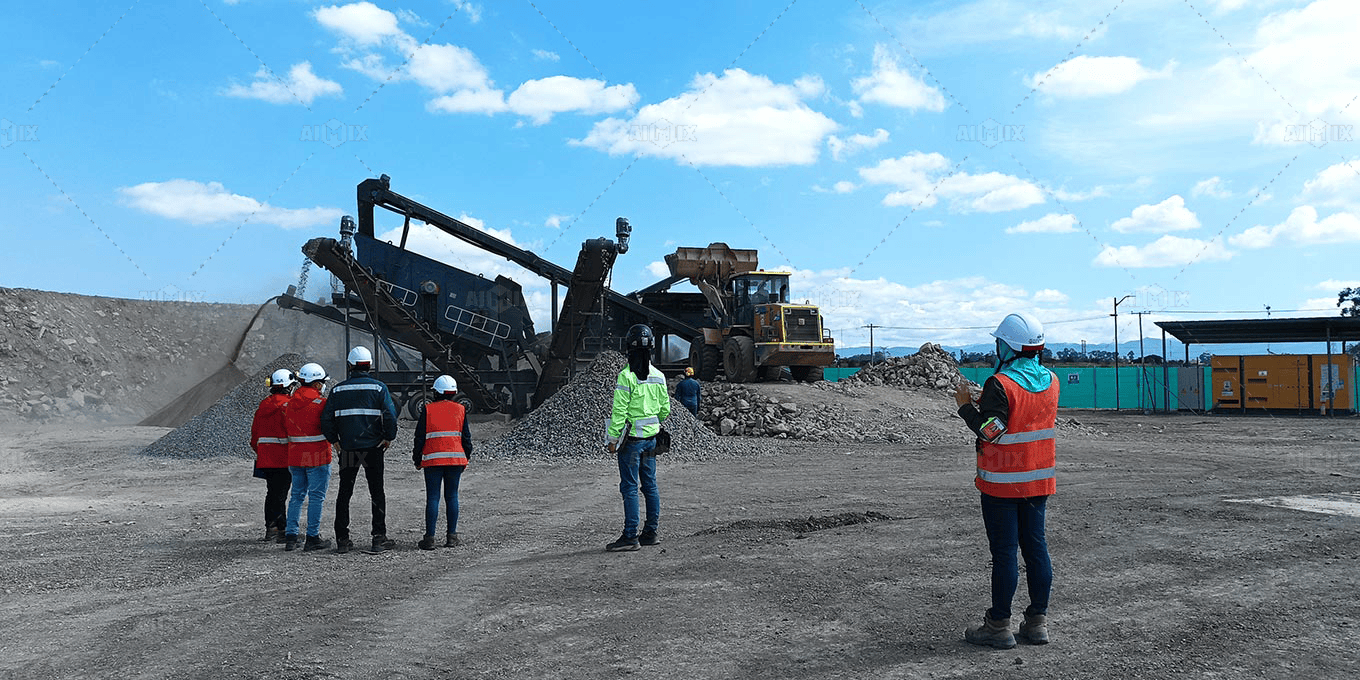The stone crushing industry plays a pivotal role in global construction, providing essential materials for infrastructure and development. However, the environmental repercussions of these operations cannot be overlooked. From particulate matter clouding the air to the relentless hum of machinery disturbing local ecosystems, stone crusher plants have long been associated with significant pollution. Addressing these concerns is no longer optional—it’s a necessity for sustainable progress.
The Environmental Impact of Stone Crushing Operations
One of the most pressing issues is dust emissions, a byproduct of crushing, screening, and transporting aggregates. Fine particulate matter (PM10 and PM2.5) can linger in the air, posing respiratory risks to workers and nearby communities. In regions with lax regulations, unchecked dust plumes contribute to chronic air quality degradation, exacerbating health conditions like asthma and silicosis.

Beyond air pollution, noise pollution remains a persistent challenge. The relentless grinding of crushers, conveyors, and loaders generates sound levels exceeding 85 decibels—enough to disrupt wildlife habitats and encroach on residential tranquility. Prolonged exposure doesn’t just harm human hearing; it can displace fauna, altering local biodiversity.
Modern Mitigation Strategies for Sustainable Crushing
Innovations in dust control are transforming the industry. Advanced suppression systems, such as mist cannons and foam sprayers, now envelop crushing zones in fine water droplets, capturing airborne particles before they disperse. Some plants employ negative-pressure enclosures around mobile crushers, ensuring dust is vacuumed and filtered rather than released. These measures don’t just comply with regulations—they foster safer, healthier worksites.
Noise reduction has also seen remarkable strides. Acoustic barriers and vibration-dampening mounts isolate machinery noise, while fully enclosed crushing units act as soundproof chambers. In Sweden, some facilities have adopted "green noise buffers"—thick vegetation belts that absorb sound naturally. Such solutions prove that productivity and environmental stewardship can coexist.

The Future of Eco-Friendly Stone Crusher Plants
The next frontier lies in renewable energy integration. Solar-powered crushers and wind-supported grid systems are emerging, slashing reliance on diesel generators. In India, a quarry in Gujarat now runs entirely on solar energy, reducing its carbon footprint by 40%. Similarly, closed-loop water systems recycle processing water, minimizing waste and conserving resources.
Waste minimization is equally critical. By repurposing rock crusher byproducts—like stone slurry—into construction materials or soil stabilizers, plants can achieve near-zero waste. The industry’s evolution hinges on these innovations, proving that sustainability isn’t a constraint but a catalyst for smarter, cleaner operations.
The path forward is clear: stone crushing must harmonize with ecological imperatives. Through technology, regulation, and ingenuity, the industry can shrink its footprint while continuing to build the world.

